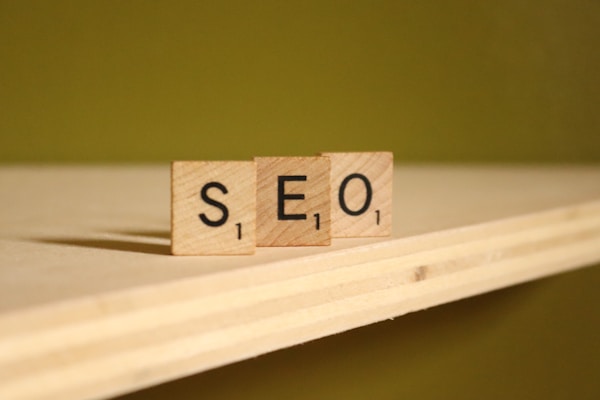Content optimization is the process of improving the quality, relevance, and search engine visibility of a website’s content. By engaging in this practice, publishers hope to provide the best possible user experience for their audience, attract more organic traffic, and ultimately improve their website ranking in search engine results pages (SERPs). In this article, we will explore the various aspects of content optimization, including selecting relevant keywords, enhancing website structure, and improving the overall quality of the content. Keep reading to learn how to effectively optimize your content for better search engine performance and user engagement.
Choosing the Right Keywords

Keyword research is an integral part of the content optimization process. By identifying the most relevant and high-volume search terms for your target audience, you can create content that is more likely to appear in search engine results for those queries, driving increased organic traffic to your site.
Selecting the best keywords for your content not only ensures increased visibility on search engines but also helps potential customers find the information they need quickly and efficiently. High-quality, relevant, and optimized content will lead to a better user experience and ultimately more conversions for your business.
Understanding how content is optimized for on page SEO involves selecting relevant keywords and phrases, including them naturally within the site title and meta description, and ensuring that the content of the page itself is high-quality and engaging. This will not only help users find your content but will also signal to search engines that your page is a valuable, authoritative resource.
Enhancing Website Structure and Design

An optimized website structure and design play an essential role in increasing user engagement and improving search engine rankings. A well-structured site makes it easy for users to find the information they’re looking for, resulting in a better user experience and higher conversion rates. Prioritize a clean and intuitive design that emphasizes clear navigation and a logical flow of information.
Responsive web design, which automatically adjusts your site’s layout to fit different devices and screen sizes, is essential for optimizing content in today’s mobile-first world. More than half of all web traffic now comes from mobile devices, and search engines like Google prioritize mobile-friendly websites in their search results. By incorporating responsive design into your site, you will improve the user experience for both desktop and mobile users, and enhance your site’s search engine performance.
Additionally, optimizing site speed is a crucial component of website structure and design optimization. Slow-loading pages lead to higher bounce rates and lower user engagement—factors that negatively influence search engine rankings. You can enhance site speed by compressing images, optimizing server response times, implementing browser caching, and minifying CSS, JavaScript, and HTML files.
Improving Content Quality
Quality content is at the heart of successful content optimization. To create engaging and valuable content for your audience, focus on providing information that is accurate, well-researched, and relevant to your target audience’s needs and interests. Use an easy-to-understand language and maintain a clear and concise writing style.
Visual elements, such as images, videos, and infographics, can also contribute to the overall quality of your content. They help break up large blocks of text, making your content more digestible and engaging for readers. Including relevant, high-quality visual content also increases the likelihood that users will share your content on social media – boosting your site’s visibility and driving more traffic.
Fostering user interaction is another vital component of content optimization. Encourage readers to leave comments, ask questions, and share their opinions on your content. This not only builds a sense of community but also demonstrates that your content is valuable, informative, and engaging—factors that can contribute to higher search engine rankings.
Effectively Using Meta Tags and Headings
Meta tags and headings play an essential role in content optimization by providing search engines with additional context about the purpose and structure of your content. Writing informative and compelling meta titles and descriptions can encourage users to click through to your site from search results, boosting your site’s organic traffic and improving its SERP performance.
Using header tags (H1, H2, H3, etc.) appropriately helps organize your content and make it more accessible to both users and search engines. Organizing your content with clear and descriptive headings assists users in quickly finding the information they need while scanning your page, ultimately improving user engagement and reducing bounce rates.
Consistently using header tags throughout your content also allows search engine crawlers to better understand the topic and structure of your content, helping them more accurately index your site. As a result, content that effectively utilizes meta tags and headings is more likely to appear in relevant search results and provide a better overall user experience.
Altogether, content optimization is essential for enhancing your website’s search engine performance, improving user engagement, and driving increased organic traffic. By focusing on selecting relevant keywords, enhancing website structure and design, improving content quality, and utilizing meta tags and headings effectively, you can optimize your content and boost your site’s online visibility.
